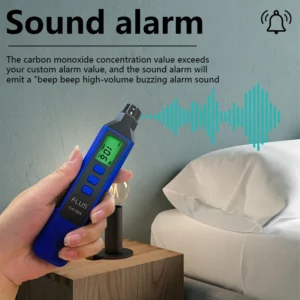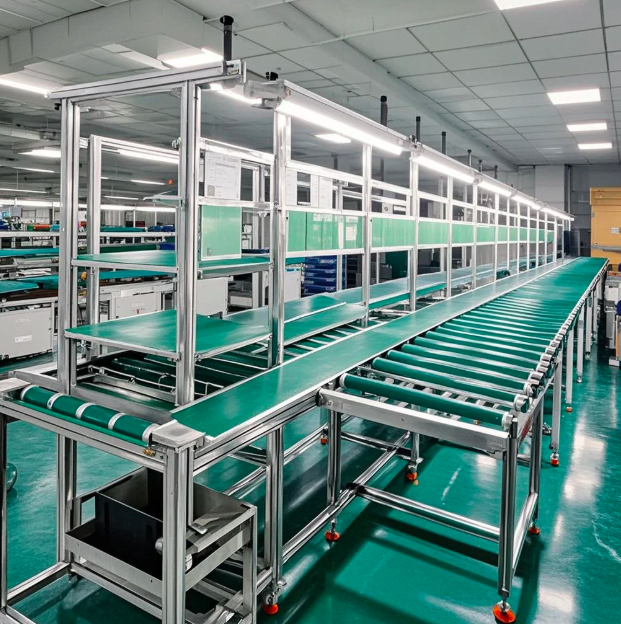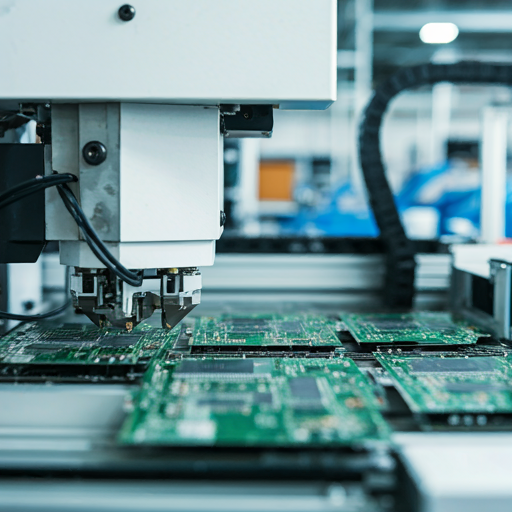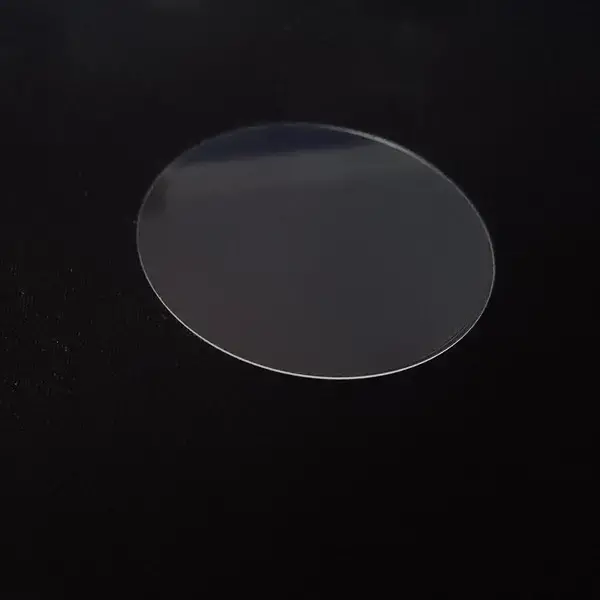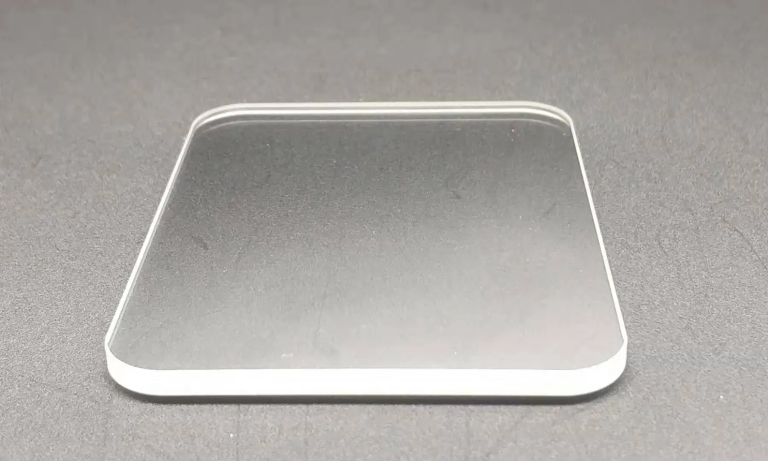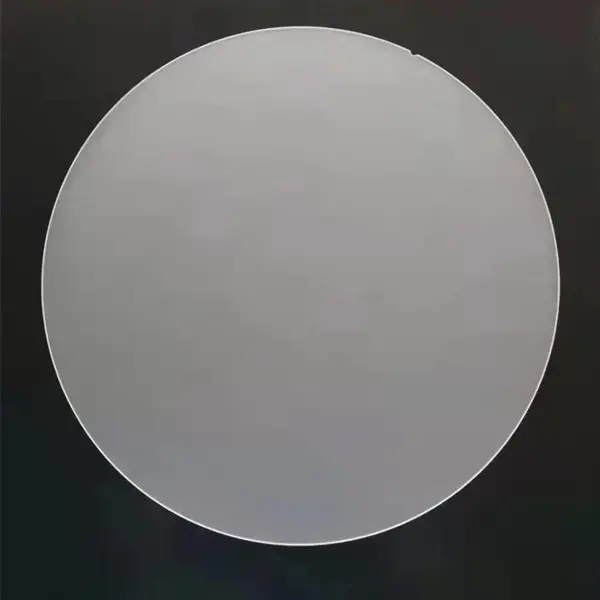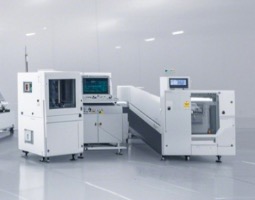Table of Contents
Carbon monoxide (CO) is a colorless, odorless gas that can be deadly if inhaled in large quantities. It is produced by burning fossil fuels, and its presence in homes can lead to serious health risks. This is why having a reliable carbon monoxide detector is essential for every household. However, like any device, a carbon monoxide detector tester can experience faults. In this blog, we will explore common faults associated with carbon monoxide detector testers and the treatment methods to address these issues. We will also discuss the importance of using a carbon monoxide detector tester to ensure your device is functioning correctly.
Understanding carbon monoxide detector tester
Before diving into the common faults, it’s important to understand how carbon monoxide detector testers work. These devices are designed to detect the presence of carbon monoxide in the air and alert occupants through an alarm. They typically use one of two technologies: electrochemical sensors or metal oxide semiconductor sensors. Both types have their advantages and disadvantages, but they can fail over time due to various factors.
Common Faults in carbon monoxide detector tester
1. False Alarms: One of the most common issues with carbon monoxide detector testers is false alarms. These can be triggered by various factors, including cooking fumes, steam from showers, or even dust accumulation. While it’s crucial to take every alarm seriously, frequent false alarms can lead to alarm fatigue, where occupants may ignore legitimate warnings.
2. Failure to Alarm: Another serious fault is when a carbon monoxide detector fails to sound an alarm when CO levels are dangerous. This can occur due to battery failure, sensor malfunction, or the device being past its expiration date. Regular testing is essential to ensure that the detector is operational.
3. Low Battery Warning: Many carbon monoxide detector testers are battery-operated, and a low battery can lead to a failure to detect CO. Most devices will emit a chirping sound when the battery is low, but if this warning is ignored, the detector may become non-functional.
4. Sensor Degradation: Over time, the sensors in the carbon monoxide detector tester can degrade, leading to inaccurate readings. This degradation can be caused by environmental factors such as humidity, temperature fluctuations, and exposure to chemicals. Regular maintenance and testing can help identify when a sensor is no longer reliable.
5. Improper Placement: The effectiveness of a carbon monoxide detector can be compromised by improper placement. Detectors should be installed in areas where CO is likely to accumulate, such as near sleeping areas and fuel-burning appliances. If a detector is placed too far from these sources, it may not detect CO in time.
Treatment Methods for Common Faults
1. Addressing False Alarms: To reduce false alarms, ensure that your carbon monoxide detector is installed away from cooking appliances and areas with high humidity. Regularly clean the detector to remove dust and debris. If false alarms persist, consider using a carbon monoxide detector tester to check the device’s functionality.
2. Testing for Functionality: To prevent failure to alarm, it’s crucial to test your carbon monoxide detector regularly. A carbon monoxide detector tester can simulate CO levels, allowing you to verify that the alarm sounds as expected. Follow the manufacturer’s instructions for testing frequency, but a good rule of thumb is to test the device monthly.
3. Battery Maintenance: To avoid low battery warnings, replace the batteries in your carbon monoxide detector at least once a year. Some models come with a sealed lithium battery that lasts for the life of the detector, but if your device uses replaceable batteries, make it a habit to check them regularly.
4. Sensor Replacement: If you suspect that the sensor has degraded, it may be time to replace the entire unit. Most carbon monoxide detector testers have a lifespan of 5 to 7 years. Check the manufacturer’s guidelines for specific recommendations on when to replace your device.
5. Proper Installation: Ensure that your carbon monoxide detector is installed according to the manufacturer’s guidelines. This includes placing it at the right height and in the correct locations. If you’re unsure about the best placement, consult a professional for advice.
0

